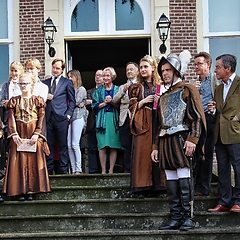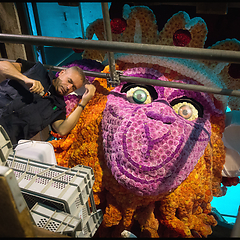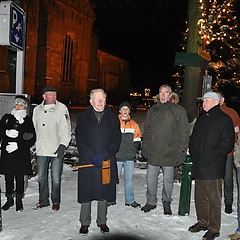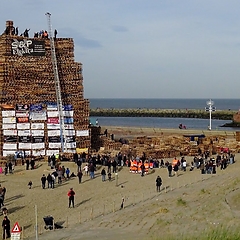Every year, on August 28th, the Relief of Groningen of 1672 is celebrated. The city of Groningen was besieged by the troops of the bishop of Münster, Bernhard von Galen, also called ‘Bommen Berend’ (Bombs Berend). After a one month long siege the bishop gave his troops the command to withdraw. This Relief of Groningen has been annually celebrated ever since. It is a feast for all the inhabitants of the town and the surroundings of Groningen. The holiday begins at 9 AM with ringing the bells of the Martini Tower. The feast is traditionally celebrated with horses. In the past the horses of the farmers were available at the end of August, because the harvest had been brought in by that time. Nowadays handsome yokings are shown on the Ossenmarkt during the ‘Horse Inspection’. The inspection is still a match. A show-jumping competition takes place In the city park that day. Several of its elements count for the Dutch championship. The day also offers a moment of reflection on the theme ‘freedom’. A prominent speaker is invited each year to give a lecture, in which this theme is linked to current events. There is a fair in the inner city of Groningen and for every age group there are freely accessible events and festivities in the city. On August 28th there is always a big concert in the evening. The festivities end with a spectacular fireworks display in the south port.



